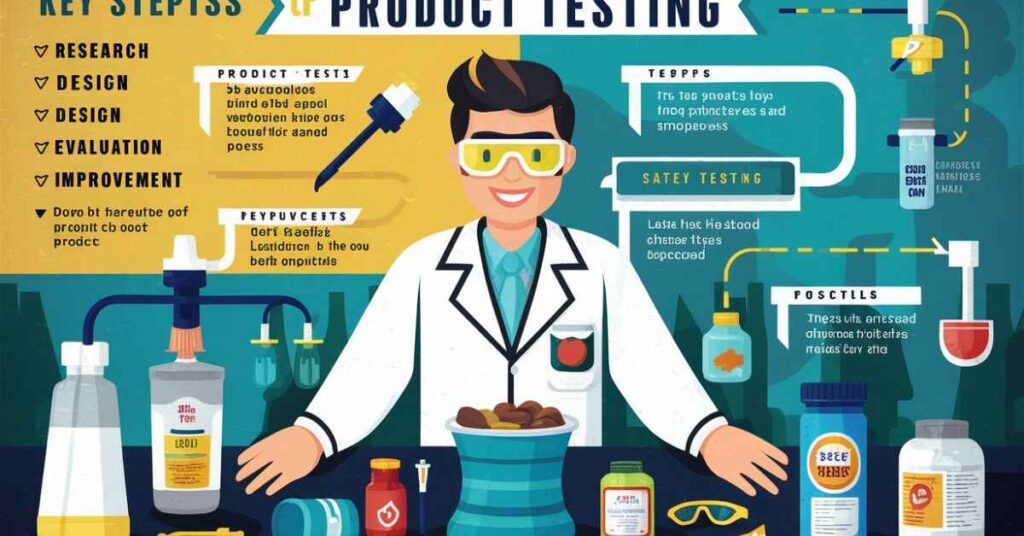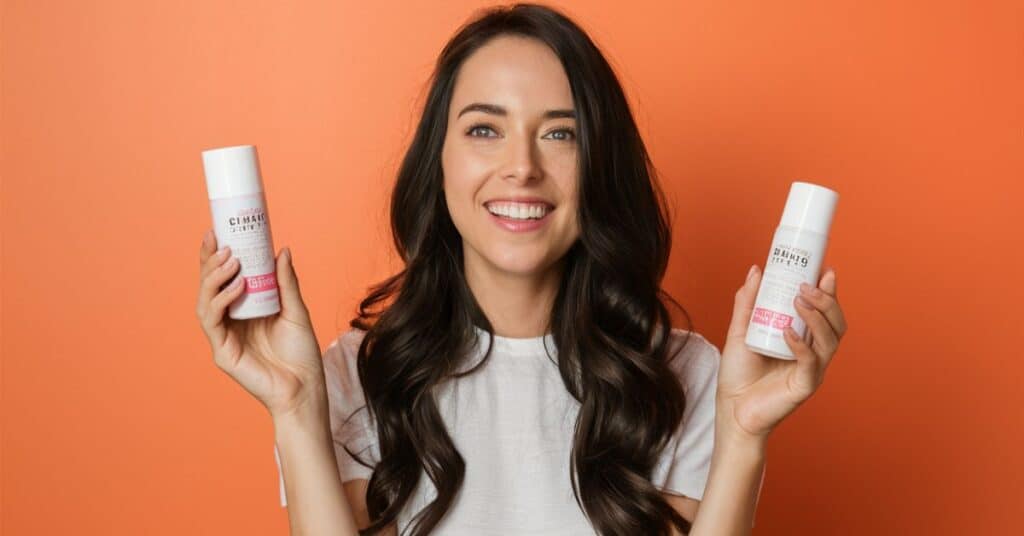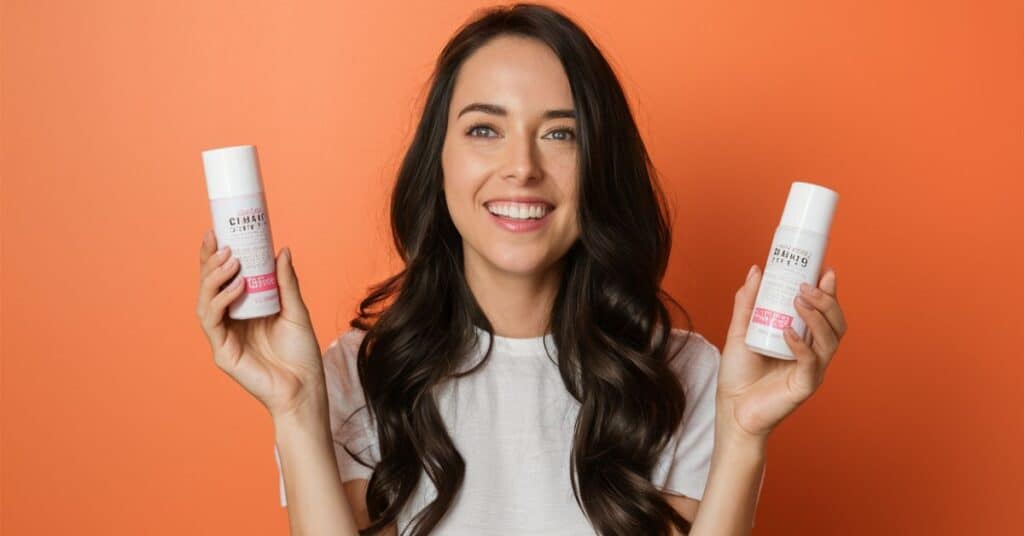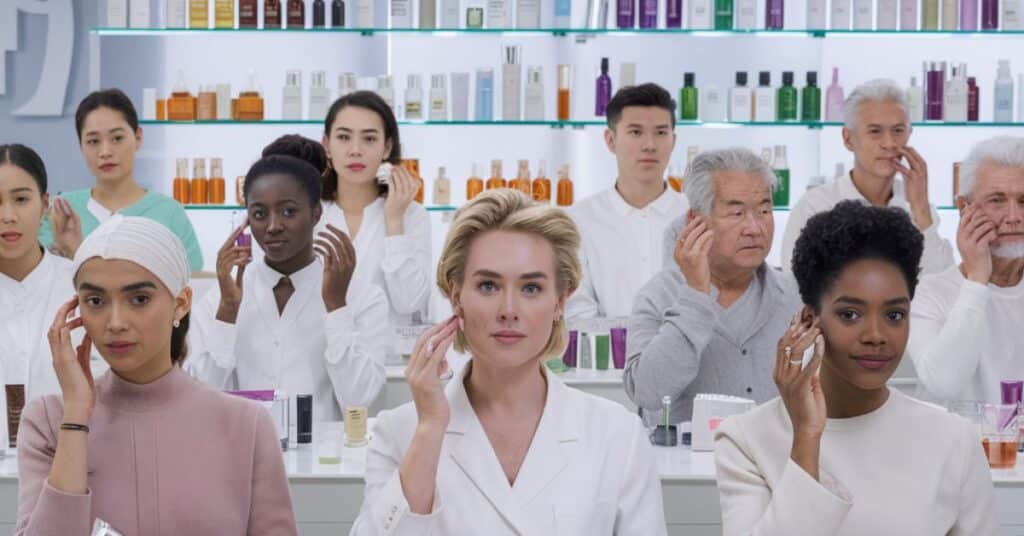Becoming a makeup product tester is straightforward. Start by joining product testing websites or panels. Create a profile with your beauty preferences and skin type. Companies use this information to select testers. Engage in beauty communities on social media for opportunities. Follow beauty brands and influencers for tester programs or giveaways. Keep an eye out for product testing surveys. Provide honest feedback on products you test. Finally, build a reputation for reliability and detailed reviews to gain more testing opportunities.
What is product testing?

Product testing is a process to check the quality of goods. It involves giving products to users for feedback. This helps companies ensure their products meet customer expectations.
Product testing spans many industries, like cosmetics and electronics. Testers use products and report their experiences. Companies then use this information to improve safety and reliability.
Understanding Product Testing: An Overview
Product testing is a process where companies evaluate their products for quality and safety. It involves giving items to testers who provide feedback. This feedback helps improve the product’s design and function. Product testing ensures that products meet customer expectations before they go to market.
The Basics of Product Testing and Its Importance
Product testing involves trying products to gather feedback on quality and performance. Testers assess items for defects and usability. This feedback helps companies make improvements before launching products. Product testing is crucial for customer satisfaction and maintaining brand reputation.
Read This Blog: How Much Is The Fashion Industry Worth
How does product testing work in practice?

Product testing begins with product selection and recruitment of testers. Companies choose testers based on demographics and preferences. Testers receive the products to use and evaluate. They follow specific instructions and testing timelines to ensure consistent feedback.
Testers share their experiences through surveys or detailed reports. Their feedback includes what they like and dislike. Companies analyze this data to identify trends and areas for improvement. The insights help businesses refine products before market release.
The Process of Product Testing: Step-by-Step
The product testing process begins with recruiting suitable testers based on specific criteria. Selected testers receive products to use and evaluate. They follow instructions for testing and then provide detailed feedback. This feedback helps companies identify issues and improve product quality.
From Recruitment to Feedback: The Product Testing Journey
The product testing journey starts with recruiting testers through various platforms. Testers are chosen based on demographics and preferences. They receive products and use them according to guidelines. Afterward, they provide feedback on performance, usability, and overall satisfaction, guiding product improvements.
Are there any downsides?

Product testing can have downsides for testers and companies. Testers might receive products with defects or limited functionality. This can lead to disappointing or even unsafe experiences. Providing feedback takes time and effort, which can be demanding.
For companies, product testing can be costly and time-consuming. Bad feedback may require extensive product redesign or recall. Negative reviews can impact a company’s reputation. Despite these risks, product testing is crucial for delivering quality products to consumers.
Also Read This Blog: Exploring The Dhamaka Zone Of Celebrity Gossip
Potential Risks and Challenges in Product Testing
Product testing involves risks for both testers and companies. Testers could encounter unsafe or faulty products, potentially causing harm. Companies may face unexpected costs if feedback reveals significant issues. Additionally, product testing can delay the launch of new products, impacting business timelines.
Addressing Common Downsides in Product Testing
Addressing downsides in product testing requires careful planning. Companies must prioritize safety to avoid product-related risks. Testers should receive clear instructions and safety guidelines. Providing incentives can encourage testers to give thorough feedback, helping companies address issues before product launch.
Which brands need product testers?

Many types of brands need product testers to improve their offerings. Cosmetic companies often use testers for new makeup or skincare items. Technology brands test gadgets and electronics to ensure functionality. Even food companies rely on testers for taste and quality feedback.
Brands in the health and wellness industry also need testers. They test products like supplements and fitness equipment for safety. Clothing brands use testers to evaluate fabric comfort and durability. Overall, any brand that values customer feedback relies on product testers.
Brands That Commonly Use Product Testers
Brands that frequently use product testers include cosmetics and beauty companies. They rely on testers to evaluate makeup and skincare products. Technology and electronics brands also use testers to assess gadgets and devices. Food companies need testers to review new products and flavors.
Industries Relying on Product Testers for Quality Feedback
Several industries rely on product testers for quality feedback. Beauty and skincare companies need testers to evaluate cosmetics. Technology firms use testers to check gadgets and electronics. Food and beverage companies rely on testers to ensure taste and quality. These industries use feedback to improve their products before market release.
Beauty and skincare product testing

Beauty and skincare product testing focuses on cosmetics and skincare items. Testers try products like lotions, makeup, and serums. They report on the product’s texture, scent, and effectiveness. Companies use this feedback to refine formulations for better results.
Safety is a critical part of beauty and skincare testing. Testers check for skin reactions or allergies. Companies want to ensure their products are safe for different skin types. This feedback helps create safe and effective beauty products.
The Role of Product Testers in Beauty and Skincare
Product testers play a crucial role in beauty and skincare. They evaluate products like makeup, serums, and lotions for effectiveness. Testers report on texture, scent, and results to help companies refine products. This feedback is key to ensuring safety and meeting customer expectations.
Why Beauty and Skincare Companies Use Product Testing
Beauty and skincare companies use product testing to ensure quality and safety. Testers help identify any skin reactions or allergies. Companies use this feedback to improve product formulas and packaging. Product testing also helps brands understand customer preferences and stay competitive.
Gadget product testing

Gadget product testing involves evaluating electronics and technology devices. Testers try gadgets like smartphones, tablets, and smart watches. They assess the product’s usability, features, and performance. Companies rely on this feedback to improve functionality and user experience.
Testers in gadget product testing often report technical issues. They might find software bugs or hardware defects. Companies use this information to make necessary fixes. This process helps ensure that gadgets work as expected when they reach consumers.
Understanding the Importance of Gadget Product Testing
Gadget product testing ensures technology products meet performance standards. Testers evaluate gadgets like smartphones, tablets, and laptops. This helps identify defects or technical issues before product release. Companies rely on product testing to guarantee customer satisfaction and build brand reliability.
Common Types of Gadget Product Testing and Their Purpose
Common types of gadget product testing include functional testing and stress testing. Functional testing checks if the gadget performs as expected. Stress testing subjects gadgets to extreme conditions to ensure durability. Both types of testing aim to identify potential problems and improve product quality.
Mixed category product testing

Mixed category product testing includes a variety of products for testing. Testers try different items, from electronics to beauty products. This approach gives companies diverse feedback on multiple products. It helps them understand customer preferences across various categories.
Testers in mixed category product testing must be flexible. They provide feedback on a range of products in different industries. This testing style gives companies broad insights into consumer trends. It’s valuable for brands that offer a variety of products.
Exploring Mixed Category Product Testing
Mixed category product testing involves evaluating various types of products. Testers try everything from electronics to beauty products. This approach gives companies broad feedback on multiple products. It helps them understand customer preferences across different categories.
Benefits of Mixed Category Product Testing
Mixed category product testing has several benefits. It provides diverse feedback across multiple product types, offering broader insights. Companies can discover trends and preferences among different markets. This type of testing also helps brands maintain a flexible approach to product development.
Frequently Asked Question
How do you get hired as a product tester?
Join product testing websites or sign up with market research firms. Create a profile with your interests and demographics.
How do I join product testing?
Register with product testing platforms or sign up for brand-specific tester programs. Complete surveys to be eligible for product testing.
How to get free makeup products?
Sign up for beauty product testing programs or participate in beauty-related social media campaigns. Brands offer free makeup for reviews.
How do you test makeup products?
Use makeup products according to provided instructions, then provide feedback on quality and performance. Include details like texture and ease of use.
Are testers in demand?
Yes, many industries seek testers to gather feedback and improve products. The demand is high in beauty, technology, and consumer goods.
Is there demand for testers?
There is a consistent demand for testers in various fields. Companies rely on them to refine products and ensure customer satisfaction.
Can I get paid to test products?
Yes, some product testing programs offer payment or other rewards. Compensation varies depending on the product and the testing platform.
Final Thoughts
To become a makeup product tester, begin by joining product testing websites and completing your profile with relevant beauty information. This can include your skin type, beauty preferences, and makeup expertise. Look for companies that have active tester programs and sign up for their mailing lists. Engaging with beauty influencers and following brands on social media can also help you find opportunities. Participate in online beauty communities to discover new testing programs and product reviews.
The key to success as a makeup product tester is providing honest and detailed feedback. Companies appreciate testers who offer constructive criticism and thorough reviews. As you gain experience, your chances of being selected for more product testing will increase. Some platforms even offer incentives or compensation for your feedback. By building a reputation for reliability and consistency, you can turn makeup product testing into a rewarding and fun experience.







